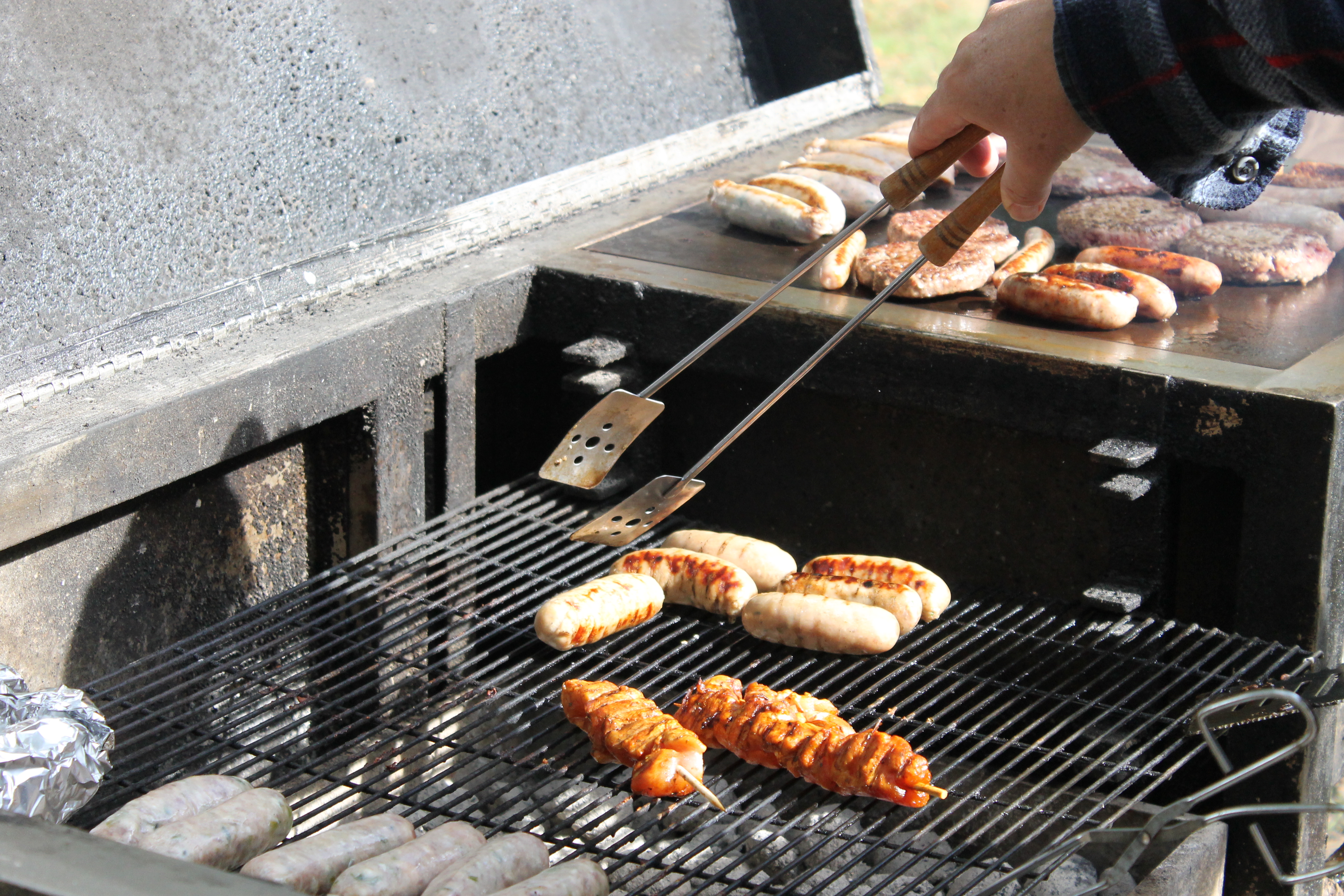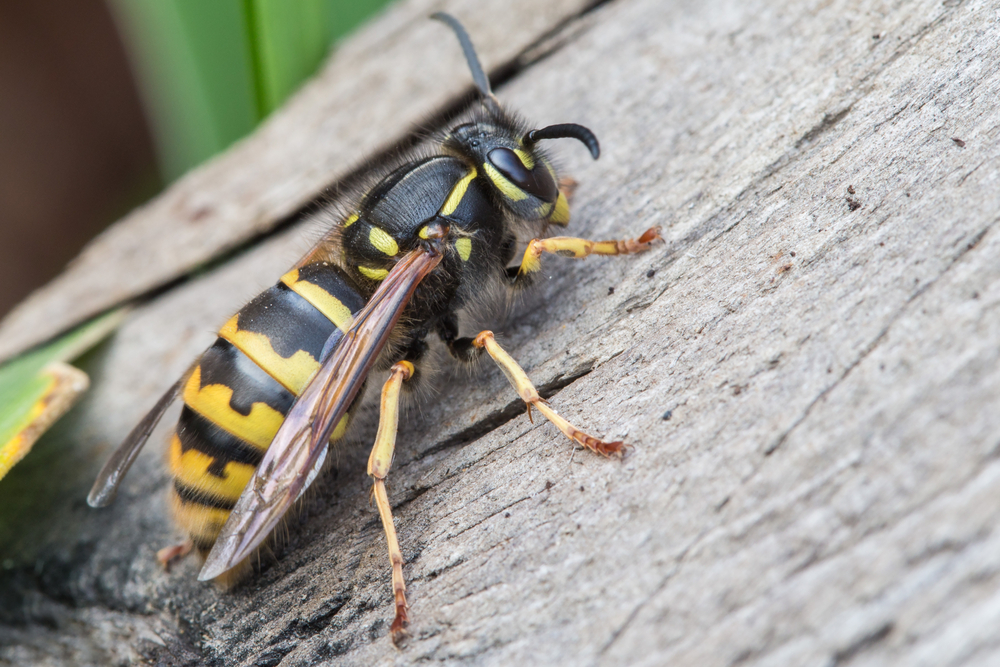
Dining out-of-doors requires good weather, good company and good food.
A recent spell of mild, sunny weather finally brought forth the idea of having a barbecue to my mind. What could be more pleasant than to invite a few friends over to enjoy an alfresco feast in an English country garden and watch the sun set over the New Forest? However, I was conscious that my guests would be plagued by the attentions of those most unwelcome of picnic seekers – wasps. I’ve been aware of a rather large colony that has made its nest in the flat roof on one of the farm buildings near the house. Their comings and goings have not impacted on my daily activities, other than being interrupted by the loud buzzing of an occasional colony member trapped in the kitchen. I’ve not felt threatened by their presence and, up until this point, I’ve been quite happy to leave well alone. On the whole wasps don’t upset me too much and, because they feed on the aphids that attack garden flowers and plants, can be good for the garden. But I kept thinking about the uncomfortable effect that a nearby colony containing 5,000-10,000 wasps would have on my guests. I have to admit to feeling a sense of perverse amusement when watching someone trying to avoid the attentions of a pestering wasp. The wasp-human interaction seems to bring on a bout of eccentric semaphore in the person, as they wave and flap their arms about to be rid of the mini-beast. Sometimes, this animated gesturing can turn into a fully-fledged dance that has every appearance of a marionette under the control of a novice puppeteer. To avoid such embarrassing antics, and the risk of someone being stung, I decided to take a look at some suggestions for getting rid of wasps and came across one that I definitely won’t be using.
Destroying Wasps in 1878
In the 1878 edition of the Journal of Horticulture and Practical Gardening, in an article entitled ‘Destroying Wasps’, I found what is undoubtedly an extreme and highly dangerous form of pest control. On a visit to the New Forest, the author of the article (W. F.) had come across one of the keepers setting fire to a wasp’s nest and decided to show him a form of ‘sugaring’ to try instead. Using a ‘good lump of cyanide of potassium’, which had been moistened and wrapped in a piece of rag, the author poked the bundle into the entrance of an active nest with a stick. After half an hour all the wasps were as dead as ‘red herrings’. Nevertheless, the author finished his article with a word of warning saying, ‘I ought to say that cyanide is a most deadly poison, and requires very careful handling, and after using it do not lick your fingers’. I should say not! Even small quantities of cyanide can be fatal within minutes, and the substance is now strictly controlled under the Poisons Act 1972. Thankfully, employing an experienced pest controller proved to be the solution to my wasp problem. My evening of outdoor dining went according to plan and the only pests present were my Labradors, moving like sharks under the table, ever hopeful for a fallen scrap or two. My guests thoroughly enjoyed their BBQ, without being troubled by buzzing insects and all without fear for licking their fingers.

Wasps are seldom welcome guests where people congregate
Source:
The Journal of Horticulture, Cottage Gardener and Country Gentleman: A Chronicle of the Homestead, Poultry Yard, Apiary & Dovecote Conducted by George W Johnson and Robert Hogg – October 30, 1878, page 335.


You must be logged in to post a comment.